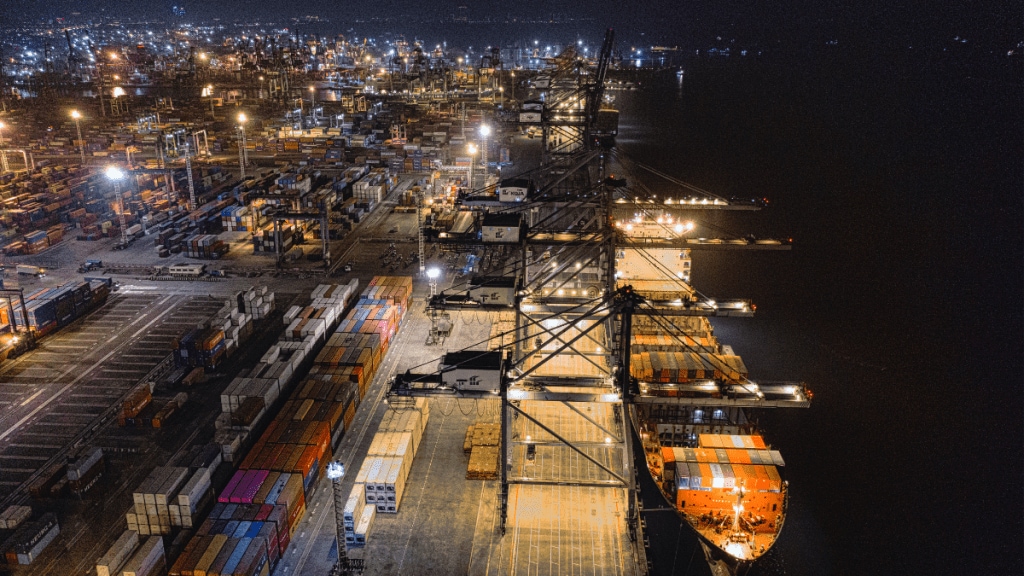With the US and India agreeing to step up efforts to conclude an interim bilateral trade agreement (BTA) by November, Chief Economic Adviser V. Anantha Nageswaran on Thursday expressed the hope that Washington may scrap the 25% penal tariff on Indian goods and also cut the reciprocal tariff to 10-15% from 25%.
President Donald Trump, through an executive order, imposed an additional 25% “ad valorem” duty on Indian goods for buying Russian crude, effective August 27, taking the total tariff levy on Indian goods to 50%. The tariff increase could make Indian goods uncompetitive as many other Asia Pacific countries attract a 15-20% tariff.
Over 60% of India’s shipments to the US face a 50% tariff now, with the most deleterious impact of this being felt by employment-intensive sectors like ready-made garments, gems and jewellery, marine products etc.
What did the Chief Economic Adviser say about the future of tariffs
“My personal confidence is that in the next couple of months, if not earlier, we will see a resolution to at least to the extra penal tariff of 25%,” Nageswaran said at an event in Kolkata.
Underneath the surface, conversations are going on between the two governments, with a key US negotiator holding positive and forward-looking talks with their Indian counterpart in New Delhi in the first two days of this week.
“It may also be the case that the reciprocal tariff of 25% may also come down to levels, which we were earlier anticipating, somewhere between 10% and 15%.” He said his hunch is that in the next eight to ten weeks, by the end of November, there could be a solution to the tariffs imposed by the US on Indian goods.
Recent thaw in India-US relations
Trump and prime minister Narendra Modi spoke by phone on Tuesday, with Modi saying he was committed to taking the India-US Comprehensive and global partnership to new heights, a sign of further thawing of US-Indian tensions following tariffs imposed by the US. Last week, Trump had also expressed optimism that they could finalise a trade deal.
Nageswaran said the estimated growth rate for the current financial year is between 6.3% and 6.8%, with confidence leaning towards the upper end. However, if the US tariff issue spills over beyond FY26, growth may be impacted, he said.
Nageswaran said consumption and investments will continue to anchor growth for the country going forward. He said that rural demand remains resilient in the economy, and urban demand is gaining traction.
“On the surface, there is some weakness in urban demand, but underlying urban consumption may be more resilient than we think,” Nageswaran said, citing double-digit annualised growth in UPI transactions across categories over the past 13 months.
Several government measures, including tax cuts, GST relief, and employment-linked incentives, and low food inflation, more disposable income, are also expected to support urban consumption, he said.
